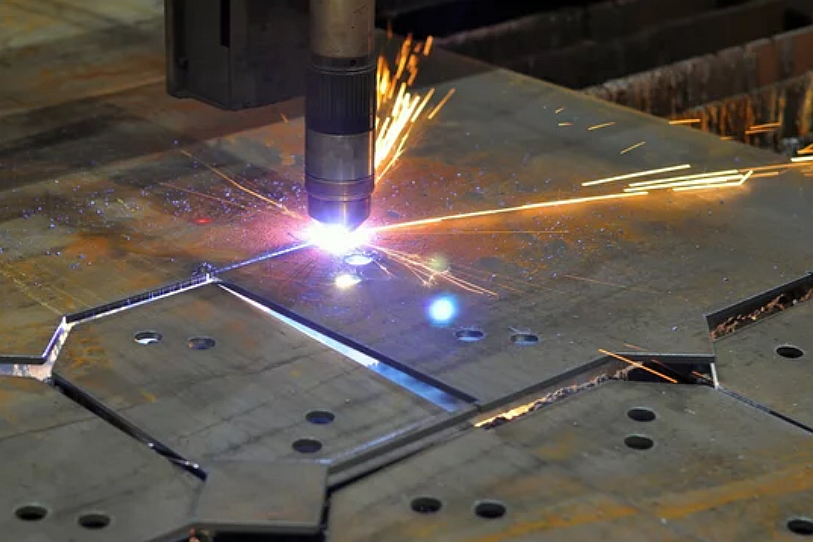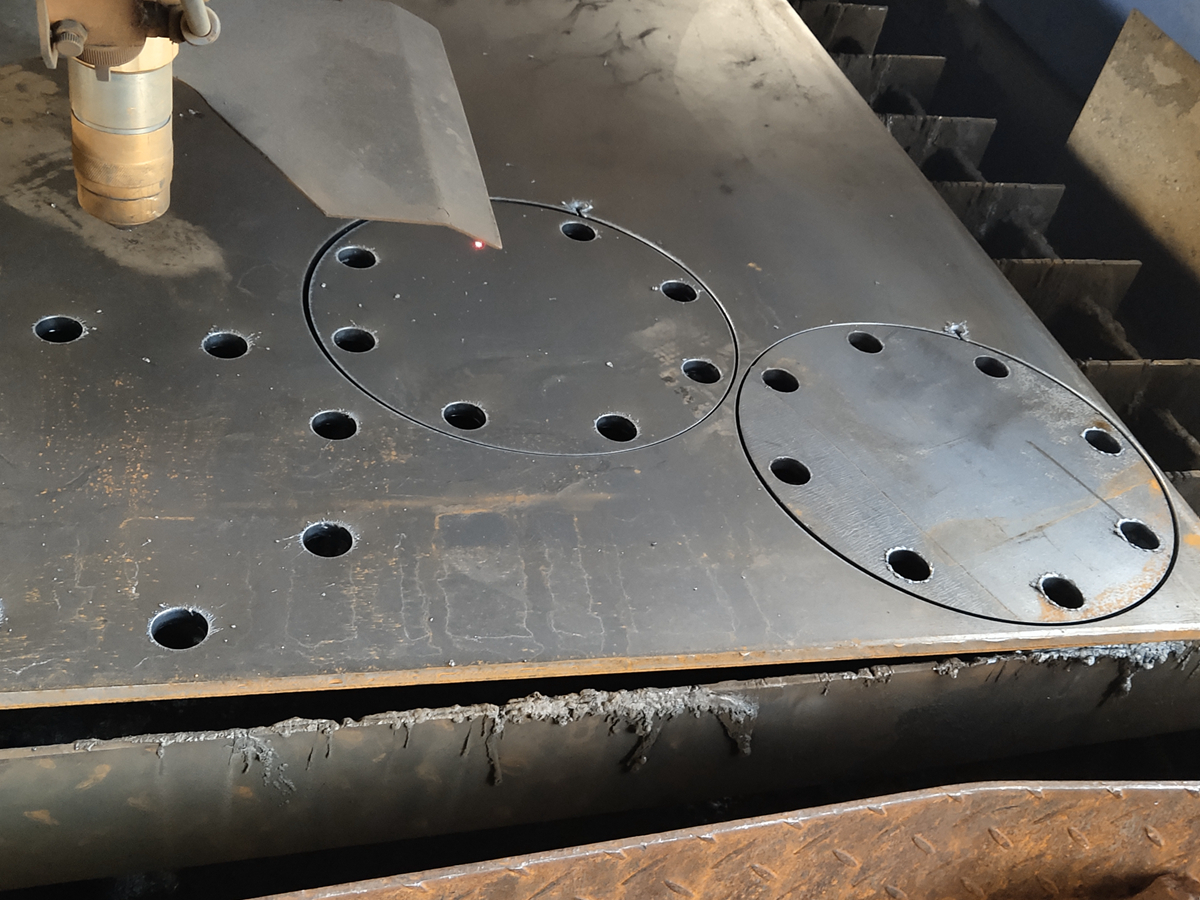How fast is plasma cutting compared to traditional cutting methods?
Overview of Plasma Cutting Efficiency
In modern metal fabrication, plasma cutting is widely recognized for its exceptional cutting speed and precision. Unlike mechanical shearing or oxy-fuel cutting, plasma technology uses a high-temperature ionized gas stream to melt and expel material, enabling extremely fast operations. This makes it ideal for industries requiring quick turnaround and consistent accuracy, such as automotive, energy, and aerospace manufacturing.
Comparison with Traditional Cutting Processes
Compared to conventional techniques such as laser cutting and sheet metal stamping, plasma cutting offers significant speed advantages, particularly when processing thick, conductive materials. For example, when cutting carbon steel over 10 mm thick, plasma systems can achieve speeds up to five times faster than oxy-fuel. Additionally, its non-contact nature minimizes tool wear, making it suitable for both prototyping and custom parts manufacturing.
When compared to metal bending and other mechanical methods, plasma cutting eliminates the need for physical force or die setups, reducing setup times and increasing throughput. In combination with sheet metal fabrication, plasma cutting serves as a critical step in automated manufacturing lines.
Material Compatibility and Cutting Quality
Plasma cutting performs best on conductive materials, such as carbon steel, stainless steel, and copper alloys. It also works effectively with cast aluminum and magnesium alloy. The resulting cuts feature smooth edges and minimal burr formation, reducing the need for post-processing steps.
To further enhance surface finish, components may undergo sandblasting or polishing after cutting. These treatments enhance aesthetic appeal and prepare the surface for subsequent processes, such as coating or welding.
Applications Across Industries
Due to its speed and cost-effectiveness, plasma cutting plays a key role in manufacturing parts for telecommunication devices, power tools, and lighting solutions. In the aerospace sector, plasma cutting is applied to prepare high-strength alloys and precision sheet assemblies. Its ability to deliver consistent, repeatable results across various metals makes it essential for both low-volume prototyping and mass production.
Integration with Advanced Manufacturing Processes
Modern facilities often integrate plasma systems with CNC machining prototyping and 3D printing prototyping to optimize part geometry and surface quality. Combining these methods enables manufacturers to accelerate production cycles while maintaining tight tolerances and achieving superior part performance.



